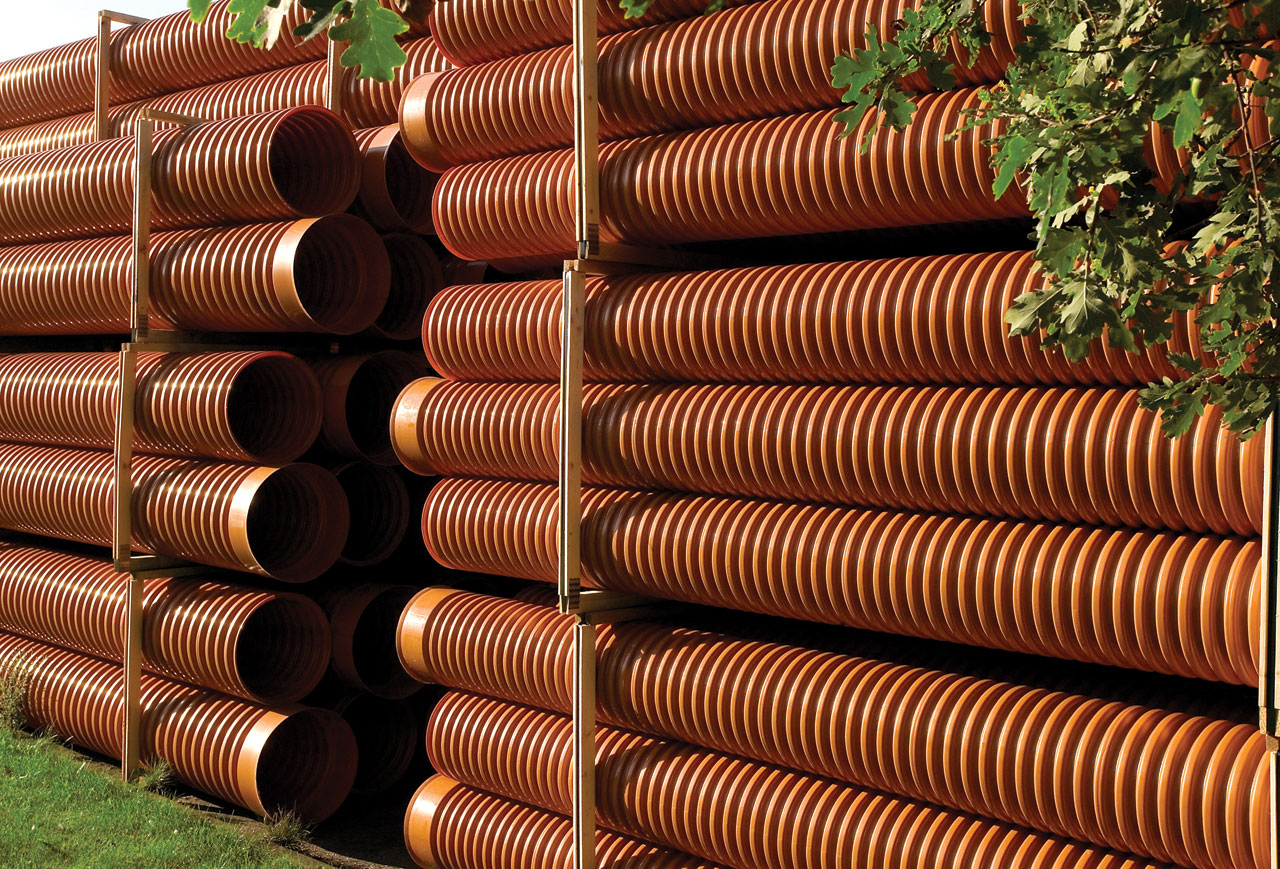
Upgrading sewer and drainage systems in St Malo, France
When engineers came to upgrade sewer systems in St Malo, France, they faced antiquated systems, difficult access and tidal waters… each of which presented challenges. In such conditions, concrete would have caused major upheaval and been difficult to fit. But this was not so with plastic. Light, flexible and strong, it was the ideal solution…
The challenge
Located on the French coast of Brittany, St. Malo’s population virtually doubles every summer as tourists arrive for the sea, the sea-food and the sights – not least a walled city dating back to Saxon times. While not quite as old, the original drainage and sewer system was built before the French Revolution. No wonder it was having difficulty coping with 21st Century demands.
The network is a maze of narrow and enclosed tunnels which can fit a man, but not much else. Flow rates vary significantly throughout the system, as do the sizes of pipes. To complicate matters, part of the city stands on reclaimed land and lies below the level of high-tide. Getting heavy machinery into the tunnels was virtually impossible, so most work needed to be done by hand. The solution needed to be lightweight, flexible and easy to install. Which is why the city engineers turned to plastic.
The solution
As well as being physically flexible, plastic systems offer a wide range of components which allow for design flexibility too. This was important in a project with differing pipe dimensions and varying flow rates.
For the manholes, lightweight polyethylene was chosen for its resistance to chemicals and corrosion. Produced in three easily assembled components – cone (top), shaft and base – they could be carried onsite and quickly assembled, saving time and money. With a wide diameter, and a built-in ladder in the shaft, access and inspection was made easy. The shafts were manufactured in various heights and could be easily cut to fit, even in the trickiest locations. On the inside, their smooth surfaces enhanced flow whilst ensuring easy cleaning and maintenance through its lifetime. On the outside, a ribbed design added strength and stability and allowed the concrete surround to key into the ribs to counter any flotation effects.
A variety of bases was provided to accommodate different pipe sizes and flow rates, whilst old pipes were replaced quickly and effectively with plastic: 300 mm for surface water, and 400 mm in the sewer network.
Finally, to meet the challenges of shifting sands beneath the tide level, a combination of stones and geo-textiles were used to provide a firm bedding for the manholes and pipework. During high tide, a gentle pump pressure of 150m3/hr ensured a one-directional flow of treated water.
The results
On the surface, St Malo remains the same picturesque seaside town it has always been. Beneath the ground however, the historical sewers have been replaced with plastic manholes and plastic pipe systems that meet both European standards and the demands of modern tourism. And it was all achieved without the major earthworks, upheaval and expense that concrete would have involved. From the French Revolution, to the pipe revolution. Vive le plastique!


